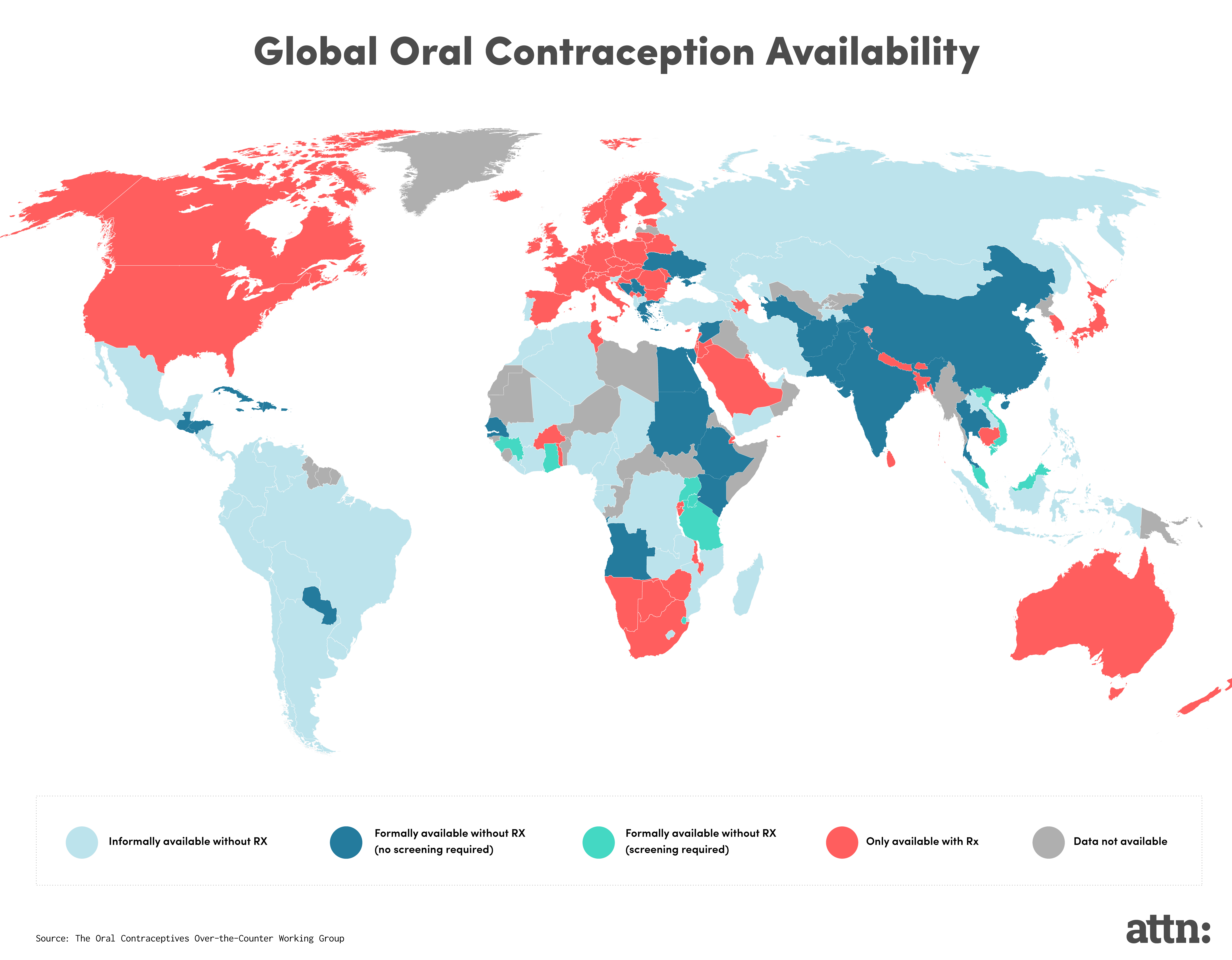Investing In Middle Management: A Strategic Move For Business Growth And Employee Retention

Table of Contents
The Crucial Role of Middle Management in Business Success
Middle managers are the backbone of any organization. They are the crucial link connecting leadership's vision to the day-to-day operations and the employees who execute them. Their effectiveness directly impacts productivity, morale, and ultimately, the bottom line.
Bridging the Gap Between Leadership and Employees
Middle managers are responsible for translating high-level strategic goals into actionable plans and tasks for their teams. Effective communication is paramount.
- Effective Communication Strategies: Regular team meetings, clear and concise communication of expectations, open-door policies, and utilizing various communication channels (email, instant messaging, project management software).
- Delegation and Empowerment: Assigning tasks based on individual strengths, providing the necessary resources and autonomy, and fostering a culture of trust and accountability.
- Performance Management: Setting clear performance goals, providing regular feedback, conducting performance reviews, and implementing performance improvement plans where necessary.
Poor communication or a lack of delegation leads to decreased productivity, confusion, frustration, and ultimately, high employee turnover. A strong middle manager proactively addresses these issues, fostering a collaborative and productive work environment.
Driving Operational Efficiency and Productivity
Effective middle managers are masters of process optimization. They identify bottlenecks, streamline workflows, and ensure resources are allocated effectively.
- Process Improvement Initiatives: Implementing lean methodologies, conducting process mapping exercises, identifying areas for automation, and streamlining workflows to eliminate redundancies.
- Training Programs: Investing in the training and development of their teams, ensuring they possess the necessary skills and knowledge to perform their roles effectively.
- Team Building Activities: Fostering a positive team dynamic through team-building activities, promoting collaboration and open communication amongst team members.
Studies have consistently shown a direct correlation between strong middle management and increased productivity. By optimizing processes and empowering their teams, middle managers contribute significantly to the overall efficiency and profitability of the organization.
Strategies for Investing in Middle Management
Investing in middle management requires a multifaceted approach, encompassing training, compensation, and a supportive work environment.
Targeted Training and Development Programs
Upskilling and reskilling your middle managers is an investment with a high return. Providing them with the tools they need to excel is crucial.
- Leadership Training: Programs focusing on leadership styles, communication skills, conflict resolution, decision-making, and strategic thinking.
- Communication Workshops: Sessions designed to improve communication effectiveness, active listening skills, and delivering constructive feedback.
- Specialized Skill Development: Training in areas relevant to their roles, such as project management, data analysis, or specific industry-related skills.
The ROI on training is significant. Improved employee performance, reduced errors, increased innovation, and enhanced problem-solving capabilities are just some of the benefits.
Competitive Compensation and Benefits Packages
Attracting and retaining top talent requires offering a competitive compensation and benefits package.
- Salary Adjustments: Ensuring salaries are competitive with industry benchmarks and reflect the experience and expertise of middle managers.
- Bonus Structures: Implementing performance-based bonus structures to reward exceptional contributions and achievements.
- Comprehensive Benefits: Providing health insurance, retirement plans, paid time off, and other benefits that appeal to top talent.
- Professional Development Stipends: Offering financial assistance for professional development activities, such as attending conferences or pursuing advanced certifications.
Market research is essential to determine competitive compensation and benefits. A robust package not only attracts talent but also boosts employee satisfaction and retention.
Creating a Supportive and Empowering Work Environment
A supportive and empowering work environment is crucial for middle managers to thrive.
- Open Communication Channels: Fostering open and honest communication between middle managers and senior leadership.
- Mentorship Programs: Pairing experienced middle managers with more junior colleagues for guidance and support.
- Opportunities for Career Advancement: Creating clear career paths and providing opportunities for professional growth and advancement within the organization.
A supportive environment reduces stress, boosts morale, and fosters a sense of loyalty and commitment, leading to improved employee retention.
The Link Between Middle Management Investment and Employee Retention
Investing in middle management directly impacts employee retention, both within the middle management ranks and throughout the organization.
Reducing Turnover and Associated Costs
High middle management turnover is incredibly expensive.
- Recruitment Costs: The costs associated with advertising, screening, interviewing, and onboarding new hires.
- Training Costs: The time and resources required to train new middle managers.
- Loss of Institutional Knowledge: The loss of valuable experience and expertise when a seasoned middle manager leaves.
- Decreased Productivity: The disruption and reduced productivity during the transition period.
Reducing turnover through proactive investment in middle management significantly reduces these substantial costs.
Fostering a Culture of Loyalty and Engagement
When middle managers feel valued and supported, it creates a ripple effect of improved employee engagement and loyalty throughout the organization.
- Employee Surveys: Regularly conducting employee surveys to gather feedback and identify areas for improvement.
- Feedback Mechanisms: Establishing clear and accessible channels for employees to provide feedback and address concerns.
- Initiatives to Enhance Morale: Implementing initiatives to boost employee morale and foster a positive work environment.
A strong middle management team is the cornerstone of a positive company culture. This positive culture translates directly into increased employee loyalty and retention.
Conclusion
Investing in middle management is not an expense; it's a strategic investment that yields significant returns. By prioritizing training, competitive compensation, and a supportive work environment, organizations can cultivate a high-performing middle management team. This, in turn, leads to increased operational efficiency, improved employee retention, and ultimately, sustainable business growth. Start investing in middle management today and unlock the potential for sustainable business growth and improved employee retention. Learn more about effective middle management strategies on our website [link].

Featured Posts
-
 Bof A On Stock Market Valuations A Guide For Investors
Apr 22, 2025
Bof A On Stock Market Valuations A Guide For Investors
Apr 22, 2025 -
 Why Middle Managers Are Essential For Company Success And Employee Growth
Apr 22, 2025
Why Middle Managers Are Essential For Company Success And Employee Growth
Apr 22, 2025 -
 Will The Next Pope Continue Francis Legacy A Conclave Preview
Apr 22, 2025
Will The Next Pope Continue Francis Legacy A Conclave Preview
Apr 22, 2025 -
 New Signal Chat Messages Implicate Hegseth Amidst Pentagon Chaos Accusations
Apr 22, 2025
New Signal Chat Messages Implicate Hegseth Amidst Pentagon Chaos Accusations
Apr 22, 2025 -
 Access To Birth Control The Impact Of Over The Counter Options Post Roe
Apr 22, 2025
Access To Birth Control The Impact Of Over The Counter Options Post Roe
Apr 22, 2025
